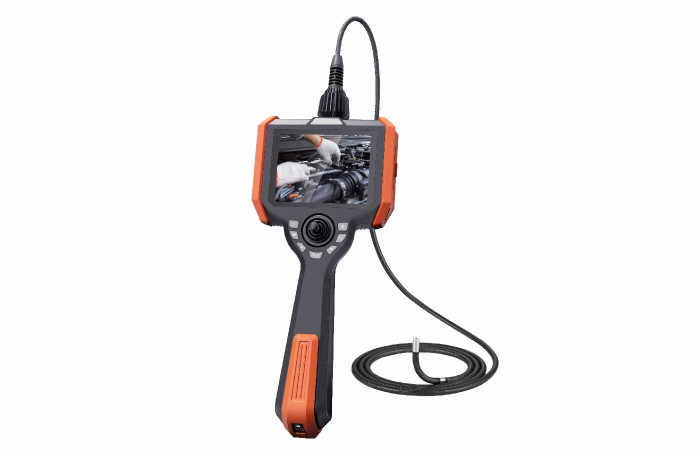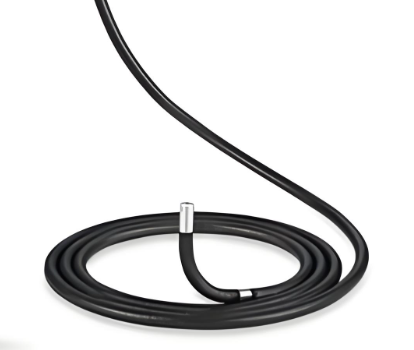Want to know more?
Don't miss any product updates on our industrial borescopes

Industrial borescope
solution service provider
Company Address
Office : 18F, Pingshanshouzuo, Pingshan District, Shenzhen,Guangdong
Contact Info
Ph: +86-0755-89588241

The flexibility of industrial endoscope probes mainly comes from their unique structural design, material selection and drive technology, which together enable them to adapt to complex and changing industrial inspection needs. The following are the key reasons for the flexibility of the probe:

Structural design
Snake bone structure: The probe adopts a joint design similar to snake bones, which consists of multiple small joints. Each joint can move independently to achieve multi-directional bending. This structure not only ensures the flexibility of the probe, but also maintains sufficient support force to ensure the stability of the optical components.
Miniaturized design: By optimizing the internal layout and using miniature components, the diameter of the probe can be reduced to less than 1 mm while maintaining steering performance, enabling it to enter narrow spaces for inspection.
Drive technology
Electric guide system: built-in micro servo motor, through the precision transmission mechanism to achieve automatic steering of the probe, support a larger angle of bending and automatic reset function. Compared with traditional mechanical guidance, the electric system is more accurate, efficient, and easy to operate.
Tungsten wire traction technology: using high-strength tungsten wire for traction, by controlling the retraction and release of the tungsten wire to achieve the bending and steering of the probe. This technology is mature and reliable, suitable for scenes that require high-precision control.
Material selection
Special metal alloys: High-strength and high-toughness metal alloys are used to ensure the durability and stability of the probe in complex environments, while reducing weight and improving operational flexibility.
High-performance plastics: Some non-critical components use high-performance plastics to further reduce weight while maintaining sufficient strength and corrosion resistance.
Intelligence and Automation
AI-assisted steering: Combined with artificial intelligence technology, the probe can automatically adjust the steering angle according to the detection environment, optimize the detection path, reduce manual intervention, and improve detection efficiency.
Sensor fusion: Integrate multiple sensors (such as gyroscopes and accelerometers) to monitor the position and posture of the probe in real time to ensure the accuracy and stability of steering.
Application scenario requirements
Complex pipeline detection: Industrial pipeline systems often have bends, branches and narrow areas. The flexibility of the probe enables it to cover a wider detection range and reduce detection blind spots.
Internal equipment detection: Inside equipment such as engines and turbines, the probe needs to bypass complex structures and flexibly turn to obtain images and data of key areas.
Technology development trends
Multi-degree-of-freedom steering: In the future, the probe may have more degrees of freedom in more directions (such as rotation and tilt), achieving all-round observation and further improving detection capabilities.
Wireless control and transmission: The application of wireless communication technology will make the remote control and data transmission of the probe more convenient, improving the safety and flexibility of operation.

VDNDT has rich experience in internal visual inspection and industrial endoscope product development. We can customize industrial endoscope products according to customer needs. If you have any needs for industrial endoscopes, please feel free to contact us.

Industrial borescope
solution service provider